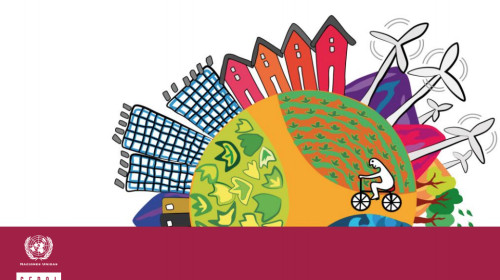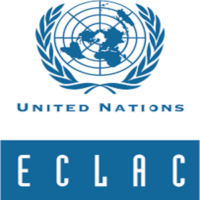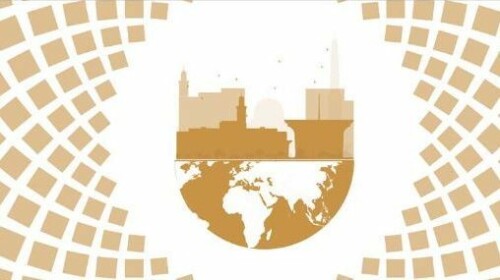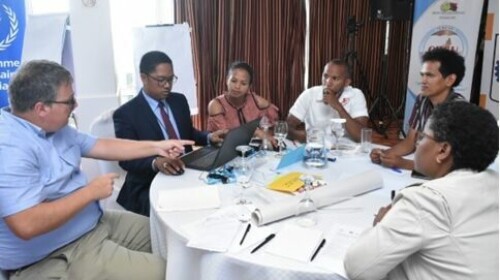On the path towards achieving the Sustainable Development Goals, many countries in our region experience levels of vulnerability and exposure to disasters that must be addressed in order to enable development.
Disasters are causing national catastrophes —especially in small island states— and are impinging on any progress made. More than 60% of countries in Latin America and the Caribbean are subject to medium to very high risk in the face of disasters caused by natural hazards.
The effects of climate change in the region have increased extreme natural events and forecasts suggest these will become more frequent over the coming years.
For the region, the challenge of development calls for enormous efforts to adapt to the effects of climate change and to mitigate disaster risks by reducing vulnerability and exposure to these events.
Download SyllabusTarget Audience
The course is aimed primarily at key actors in the process of planning, implementing, following up and monitoring Agenda 2030 for the achievement of sustainable development objectives. The course is mainly aimed to government officials from ministries of planning, public works and national emergency offices in charge of the development and implementation of strategies for disaster risk reduction.
Learning Objectives
In this on-line course students will learn about the role of planning in the design and implementation of disaster risk reduction strategies to build resilience at national and subnational levels. Students will also learn and apply the ECLAC’s Damage and Loss Assessment methodology (DALA) to assess the effects and impacts of a disaster event and the financing needs it creates.
Students are expected to:
- Review disasters terminology, as well as the global and regional panorama of disasters associated with natural hazards.
- Understand the role of planning in developing risk reduction strategies
- Understand global development frameworks and their linkages to disaster risk management
- Understand the importance of disaster indicators and information systems to strengthen disaster risk management
- Understand the Damage and Loss Assessment (DALA) methodology designed by ECLAC for the economic evaluation of disasters
- Apply the DALA methodology to assess economic, social and environmental effects after a disaster occurrence
- Understand the cross-cutting consequences of natural disasters, such as macroeconomic and environmental impacts








